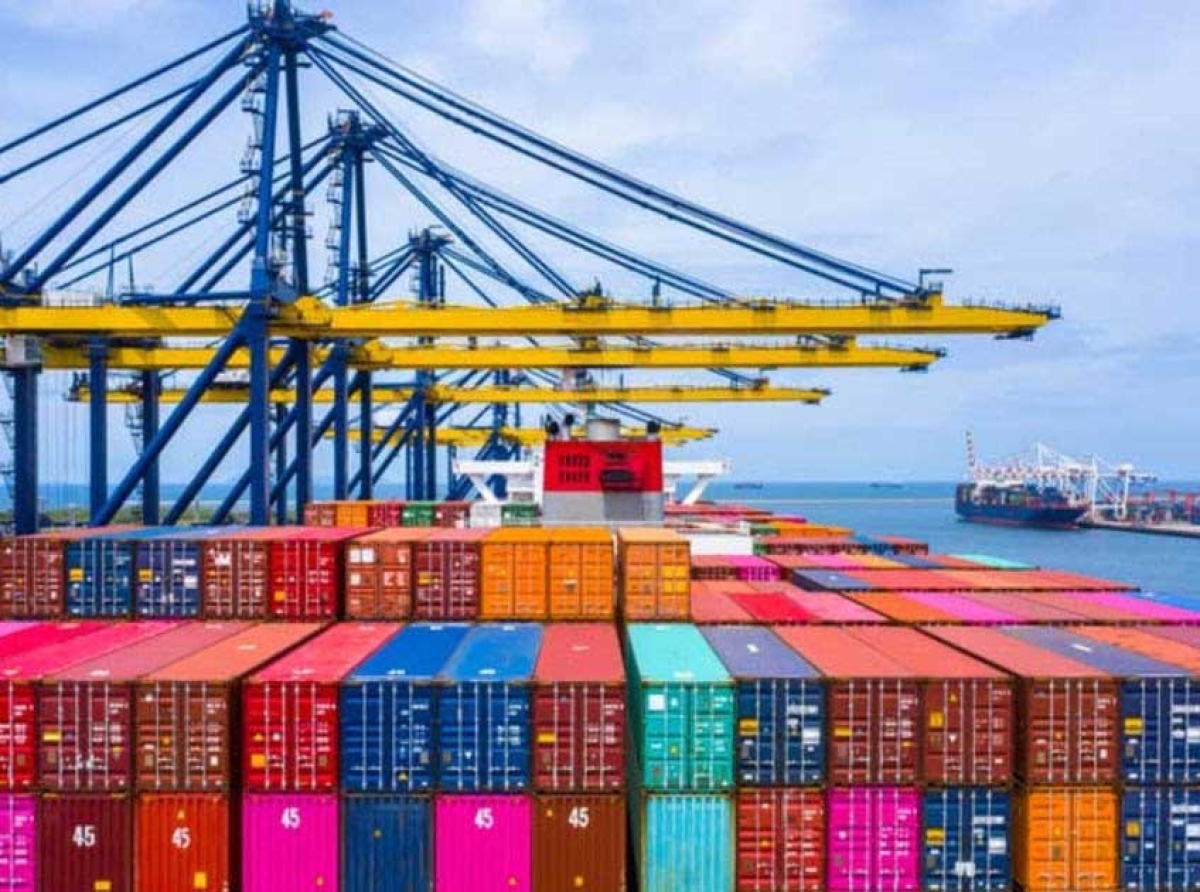Rising tide of apparel imports threatens India's domestic manufacturers

24 January 2025, Mumbai
The Indian apparel industry is facing a growing crisis as imports, particularly from China, Vietnam, Bangladesh, and Sri Lanka, continue to flood the market, triggering alarm among domestic manufacturers and industry stakeholders. According to data from the Indian Texpreneurs Federation (ITF), apparel imports surged to $1.08 billion between April and November 2024, with projections indicating a potential rise to $1.58 billion by the end of the fiscal year 2024-2025.
Analyzing the numbers
"This trend is deeply concerning," remarks Prabhu Dhamodharan, convenor of the ITF. "Our domestic manufacturers have the capacity and expertise to meet the demands of the Indian consumer. These imports not only stifle our industry's growth but also jeopardize job creation."
Table: India's apparel imports ($ mn)
|
Year |
Value |
|
2021-2022 |
850 |
|
2022-2023 |
920 |
|
2023-2024 |
1,010 |
|
2024-2025 (projected) |
1,580 |
Source: Indian Texpreneurs Federation (ITF)
Indeed the influx of imported apparel poses significant challenges for Indian manufacturers, including loss of market share, intensified competition leading to potential job losses, and disincentives for investment in technological advancement and expansion. To remain competitive, domestic manufacturers may be compelled to reduce prices, which could impact profitability.
Strategic responses and policy recommendations
Industry leaders advocate for collaborative action and policy interventions to mitigate the impact of rising imports. Suggestions include increasing import duties to enhance the price competitiveness of domestic products, promoting 'Made in India' campaigns to boost consumer confidence in local brands, and streamlining regulations to facilitate ease of doing business for Indian manufacturers.
"By strengthening partnerships between manufacturers and retailers," emphasizes Dhamodharan, "we can build resilient supply chains that reduce dependence on imports and elevate the stature of Indian-made apparel."
Table: Categorywise imports
|
Category |
Value ($million) |
|
Cotton clothing |
513 |
|
Synthetic clothing |
375 |
|
Knitted clothing |
420 |
|
Woven clothing |
529 |
|
Total |
1,080 |
Drawing parallels with the successful transformation of India's footwear industry through initiatives like 'Make in India' and the Footwear Design and Development Institute (FDDI), experts highlight the potential for similar strategies to bolster the apparel sector's competitiveness.
Policy interventions can help. One way is by increasing import duties, as higher tariffs on imported clothing could make them less price-competitive. Promote ‘Made in India’ campaigns to encourage consumer patriotism and highlight the quality of Indian-made apparel.
Streamlining regulations, reducing bureaucratic hurdles, and creating a more conducive environment for domestic manufacturing are the other ways to intervene. Invest in skill development and enhance the skills of the Indian workforce to improve productivity and competitiveness.
As India navigates the challenges posed by growing apparel imports, proactive measures are essential to safeguard the interests of domestic manufacturers and sustain the industry's growth trajectory. By fostering innovation, enhancing competitiveness, and promoting quality, India can secure a stronger foothold in the global apparel market.
























